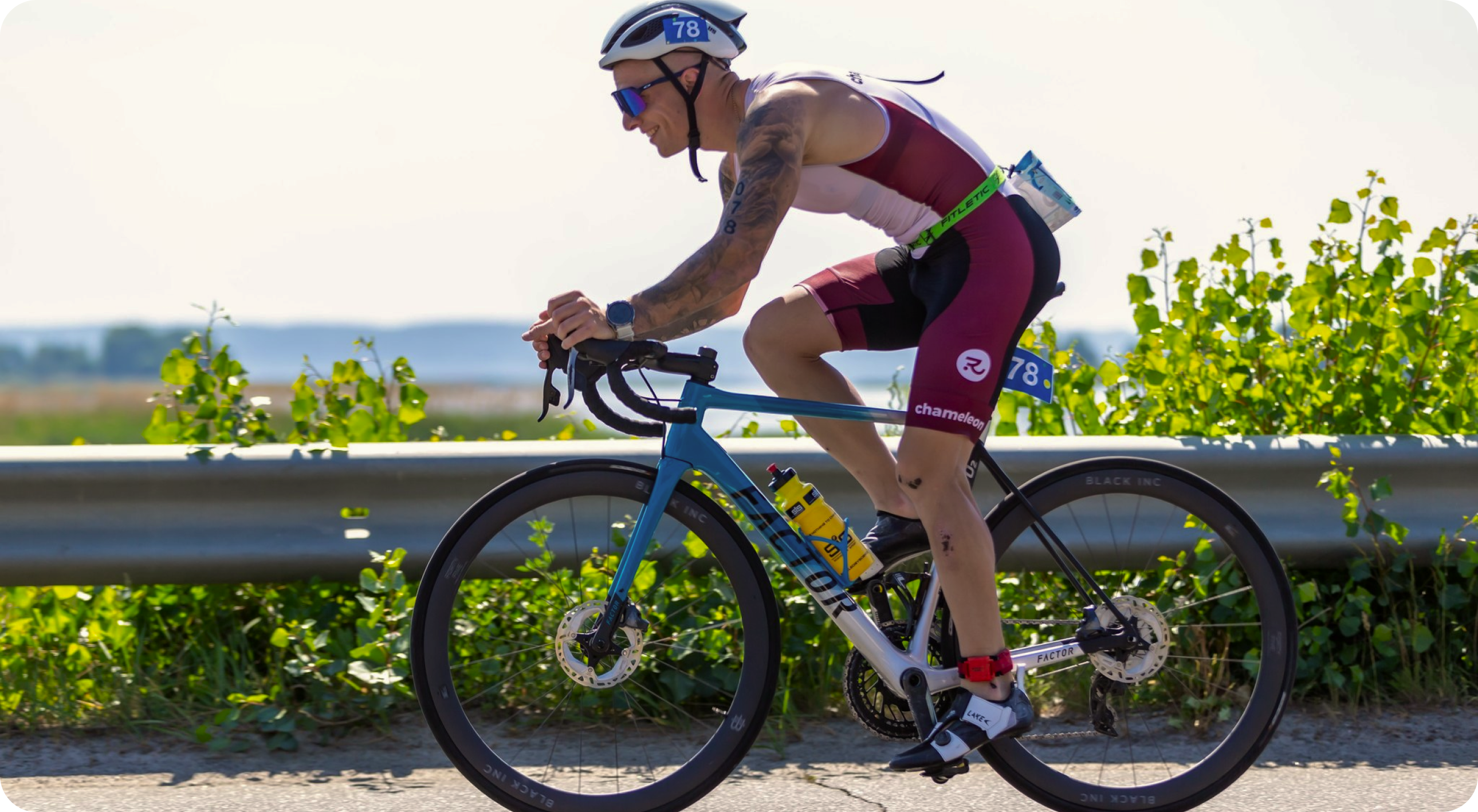Running a marathon is no easy feat, and completing a triathlon is an even more grueling task.
A well-structured training plan is not just a luxury.
It’s a necessity to ensure that you’re adequately prepared for the race.
As the legendary Olympic gold medal-winning runner, Haile Gebrselassie once said,
“When you run the marathon, you run against the distance, not against the other runners, and not against the time.”
Introduction to Triathlon Training Plans
A triathlon training plan is a blueprint for success.
It outlines the types of workouts you need to do, when to do them, and how much rest you need in between.
It takes into consideration your current fitness level, the amount of time you have to train, and the distance of the triathlon you’re planning to compete in.strengths
In a nutshell, a well-structured triathlon training plan prepares your body and mind for the demanding nature of the sport.
According to a 2016 study published in the Journal of Strength and Conditioning Research, triathletes who followed a structured training plan improved their performance by an average of 11.7% over 10 weeks.
Now, let’s explore the various types of triathlon training plans.

Linear Periodization Training Plans
Linear periodization triathlon training plans are characterized by a high initial volume of low-intensity training.
This training gradually shifts to a lower volume of high-intensity training as you get closer to the race.
This structure is also known as the “classic” or “traditional” model of periodization.
It is based on the premise of developing a broad base of endurance before focusing on speed and race-specific skills.
This model has an advantage.
It allows for gradual progression in training, reducing the risk of injury and overtraining.
However, the linear model may not be ideal for all triathletes.
This is especially true for those who participate in several competitions throughout the year.
Because it may not provide sufficient training for a particular race.
As renowned coach Joe Friel puts it, “Your training should closely mimic the demands of your race.”

Block Periodization Training Plans
Block periodization, unlike the linear model, divides the training plan into several blocks or periods.
Each of them focuses on a specific fitness component.
Each block might last a few weeks and includes a higher volume of specific workouts.
This model is useful because it allows you to create a more focused and intense training stimulus.
This potentially leads to greater improvement in certain aspects of fitness.
A study published in the Journal of Sports Science and Medicine showed that block periodization leads to significant improvements in VO2 max and anaerobic threshold in trained cyclists.
However, the disadvantage of block periodization is that it can lead to a temporary deterioration in other aspects of fitness.
It can be difficult to implement for triathletes with limited training time.

Reverse Periodization Training Plans
In reverse periodization, the traditional structure is flipped.
In the early stages, high-intensity training is conducted here.
They are aimed at preparing for the race, and closer to the start.
There are also longer, slower training sessions over long distances.
The rationale for reverse periodization is to build race-specific training.
This happens when the athlete is fresh, and then builds a base for endurance.
Reverse periodization can be an effective strategy.
Especially for athletes who live in cold climates, as high-intensity indoor training can be done in winter.
While longer outdoor workouts can be done when the weather improves.
A 2017 study published in PLOS ONE found that reverse periodization led to similar improvements in results.
While traditional periodization led to higher levels of satisfaction among participants.

Choosing the Right Training Plan for You
Choosing the right training plan should depend on several factors.
These include your current fitness level, the amount of time you have available for training, your race goals, and your strengths and conditioning.
If you’re new to the sport, a linear periodization plan might be best as it allows you to build up your endurance and skill level gradually.
For more experienced athletes, block or reverse periodization may be suitable.
It allows them to focus more intensively on specific aspects of their activities.
American running coach Greg McMillan rightly said,
“The best training program is the one that you will follow. It’s the plan that aligns with your goals, fits into your life, and is designed to help you avoid injury.”
Therefore, the key is to find a plan that is not only based on sound training principles but also suits your personal needs and lifestyle.

Role of a Coach in Developing a Training Plan
While there are many ready-made triathlon training plans available online, working with a coach to develop a customized training plan can be a game changer.
A good coach will take into account your previous training history.
They will emphasize injuries, personal commitments, and race goals to develop a plan that is tailored to you.
A 2018 study found that athletes who trained under the guidance of a coach were more likely to achieve their goals.
This was compared to athletes who trained on their own.
This point emphasizes the importance of personalized training plans and professional guidance.

Key Takeaways
Choosing the right triathlon training plan is a critical step in your journey toward race day.
It’s not only about following a schedule but understanding the science behind it, adapting it to your needs, and staying committed to it.
Remember the words of six-time Ironman World Champion Mark Allen, “Enjoy the process. If you can’t enjoy the training, you won’t make it to the race.”
Thus, learning about different types of training plans will help you understand which strategies best suit your goals, lifestyle, and preferences.
It helps you understand the science and logic behind each workout.
Thus, building a motivated, informed, and self-aware athlete who is ready to face the tiring challenges of triathlon head-on.




